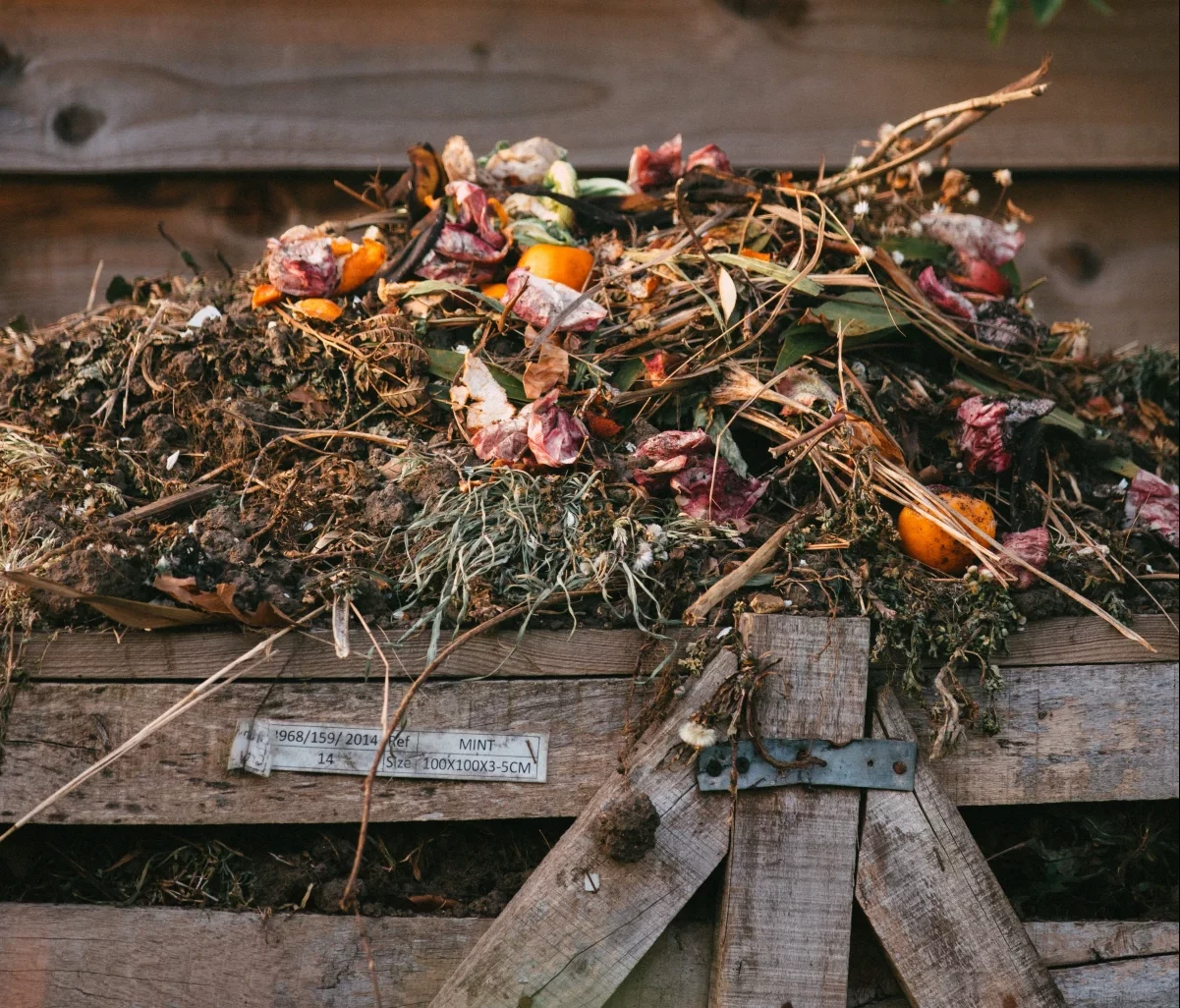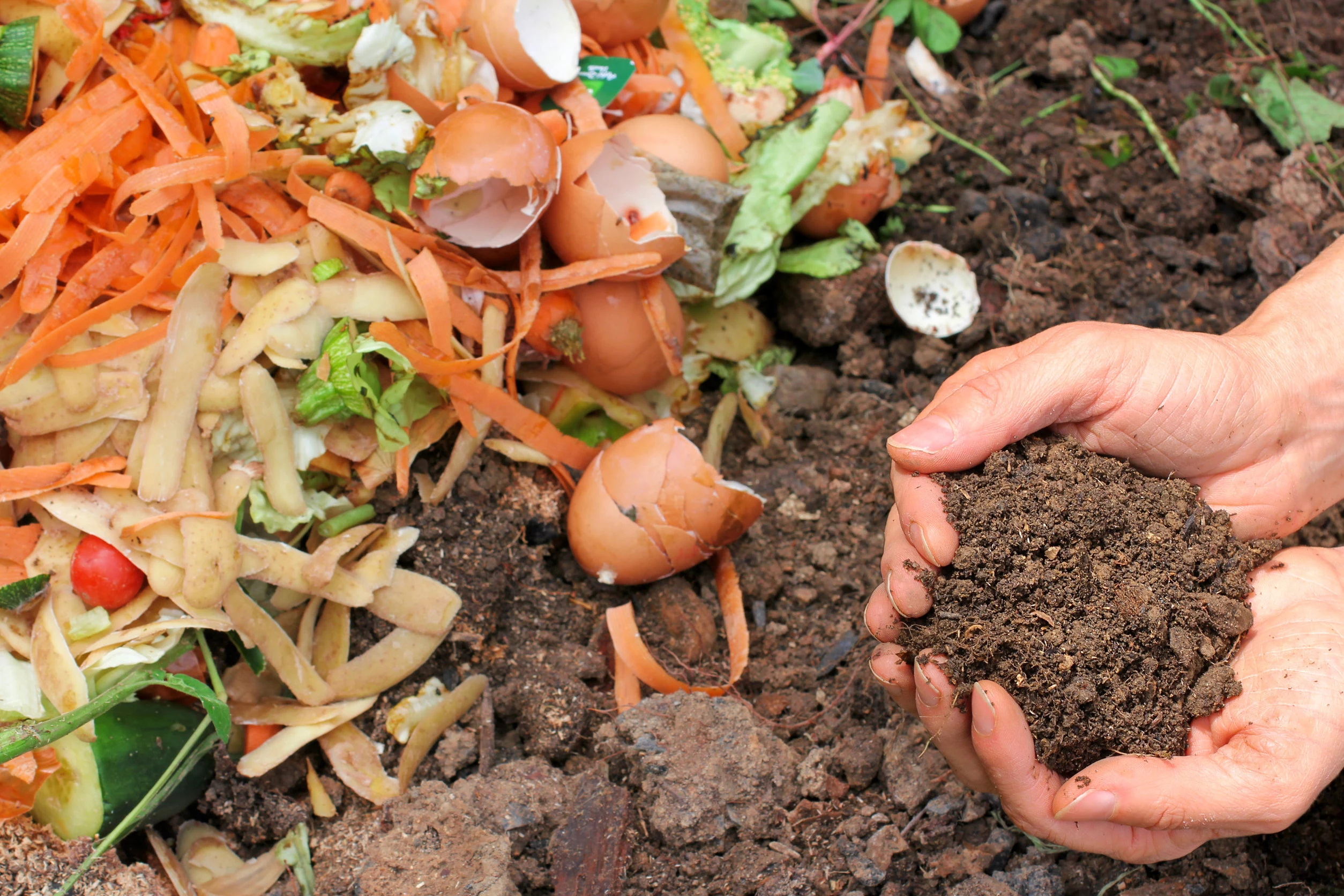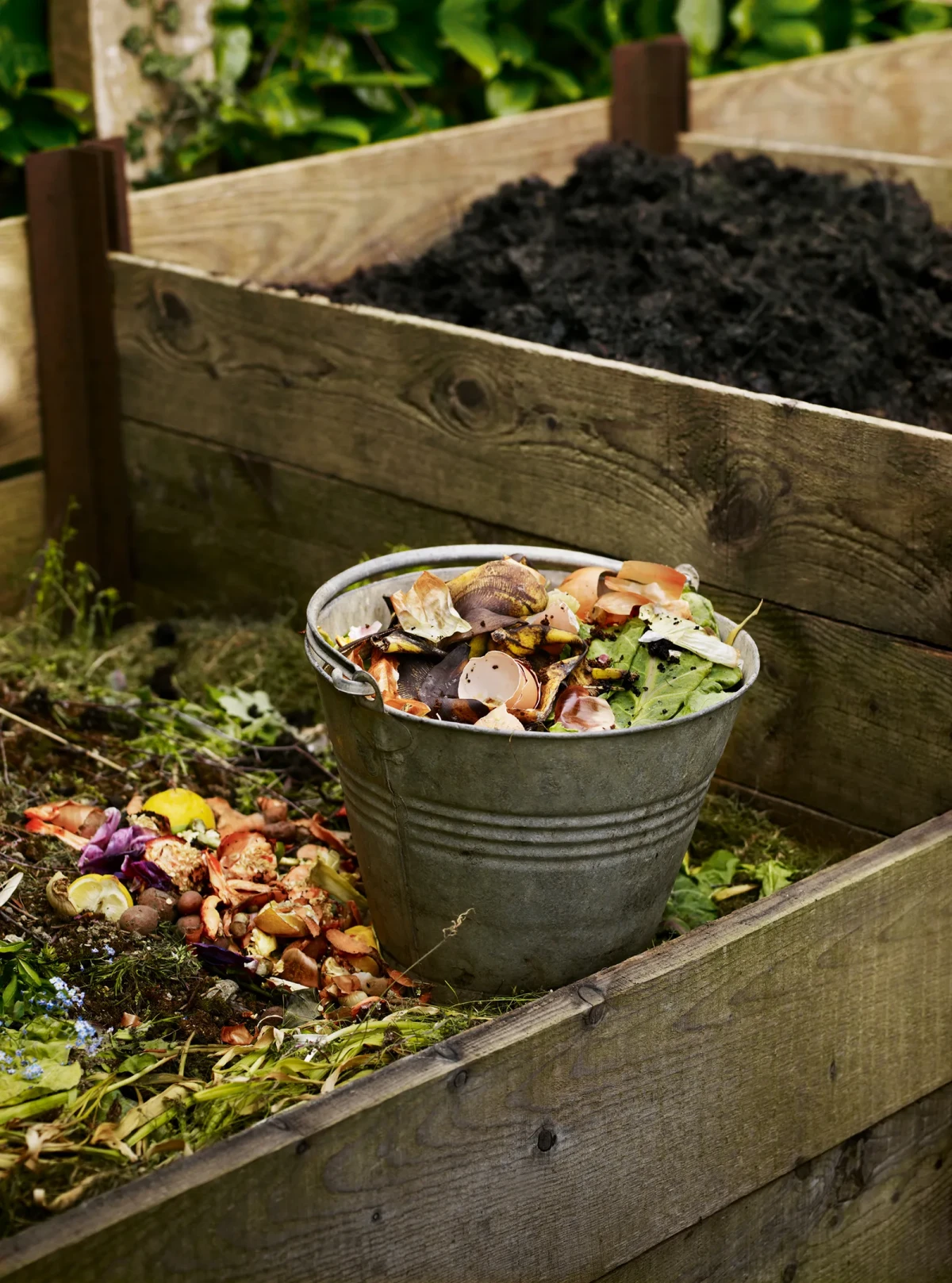How To Compost At Home: The Do’s And Don’ts
Are you tired of throwing away food scrapes and other organic waste? Do you want to start reducing your household waste and start putting it to good use? Then you are in the right place! Composting at home is an easy, sustainable solution to all your needs. It reduces your carbon footprint while creating nutrient-rich soil amendment. However, all of this is true only if you compost properly. There is some organic waste that can actually be harmful to your compost, so it is important to know what you should do and what you shouldn’t do. That’s why today we...

Are you tired of throwing away food scrapes and other organic waste? Do you want to start reducing your household waste and start putting it to good use? Then you are in the right place! Composting at home is an easy, sustainable solution to all your needs. It reduces your carbon footprint while creating nutrient-rich soil amendment. However, all of this is true only if you compost properly. There is some organic waste that can actually be harmful to your compost, so it is important to know what you should do and what you shouldn’t do. That’s why today we have put together a guide with everything you need to know when it comes to the do’s and don’ts of how to compost at home. So, read on to find insider tips and tricks on how to transform your food waste into valuable soil.
There is some organic waste that can actually be harmful to your compost

How To Compost At Home
While you may think that all the foods we eat are organic and thus compostable, there are some things you should avoid composting. And then there are some food waste items that must be added to the pile. That’s why it is essential to know all the basic do’s and don’ts so you can achieve the best version of your compost. So, let’s take a look at some most significant point to remember.
It is essential to know all the basic do’s and don’ts of composting

#Do Have Diversity
You need a variety of materials to create a good compost pile. There are two types of materials needed to make a nutrient-rich, balanced mix – green and brown. Green compost materials include eggshells, fruits, veggies, coffee grounds, and so on. While brown materials include dry leaves, mulch, newspapers, sawdust and more. It’s best to keep the ration around 60% brown and 40% green materials in order to have a compost mix that is filled with nutrients.
You need a variety of materials to create a good compost pile

#Don’t Put Diseased Plants
While it may be tempting to throw away all your pulled weeds, broken branches, and diseased or toxic plants into your compost pile – don’t. This will only create a breeding ground for diseases and more weeds once you use the compost. It will have the exact opposite effect that you want. So, always make sure to discard of such things far away from the garden and the compost pile.
Don’t throw any diseased plants in your compost piles

#Do Create Layers
In order to ensure proper aeration as well control the moisture levels, it’s recommended to create layers to your compost pile. In a nutshell, it should be something like a sandwich of different materials. The first layer should be from materials like corncobs, sticks, and other types of coarse materials. This is the foundation and should be around six inches deep. Then you add the proper layers. You should have a ratio in thickness of 1:3 green materials and 2:3 brown materials. Once the foundation is all set, you start layering. Add around three inches of green material and a layer of topsoil. Then the layer of brown material and a layer of water. Repeat until you have no more materials.
The first layer should be from materials like corncobs, sticks, and other types of coarse materials

#Don’t Add The Wrong Materials
Adding the wrong things into your compost pile is probably one of the worst things you can do. The effectiveness of your compost all depends on what you “feed” it. Adding waste like cheeses, stakes, and grains can result in horrible odors, mold, and attract pests. And that just naming a few things you can’t add to your pile. Always check before you decide to compost something if it is compatible with your pile. While adding one small thing won’t be detrimental, continuing to add it will have it’s negative effects. So, check out what can and what cannot be composted.
Adding the wrong things into your compost pile is probably one of the worst things you can do

#Do Keep Your Compost Sealed
Worms are a good thing to have in your compost pile, however that isn’t true for all types of insects. If you leave your pile or bin wide open you make it exposed and it will attract a variety of pests we don’t want, like gnats, fruit flies, and earwigs. While these pests won’t cause huge damage or weaken the compost, they definitely don’t have any benefits. The main problem here is that if they get to the compost, they will start to migrate into your home and that is something we do not want. Other creatures may also be lured in by your pile, such as raccoons. These critters will rummage and leave a huge mess. So, always keep your compost sealed.
Leaving your pile or bin wide open will make it exposed and it will attract a variety of pests

#Don’t Keep Your Pile Close To Home
When you are making your compost pile or deciding where to place your bin, it’s important to take some time and pick the perfect location. Ideally, your compost should be at least thirty feet away from your home. It’s significant to have plenty of space between your home and pile as it can attract a lot of insects that will be more than happy to pay you a visit. Put your pile next to your garden. While it may be some extra walking to add to it, it will be worth it.
It’s important to take some time and pick the perfect location

#Do Aerate Your Compost
Proper aeration is crucial for good decomposition. Your compost pile turns all that organic matter into fertilizer through microbes that break down all the materials. However, in order for those microbes to do their job properly, they need moisture and oxygen to survive. So, if your pile doesn’t have both of these factors the microbes will die and your decomposition rate will significantly slow down. In order to aerate your compost you will need to turn the compost pile about once a month. Some compost bins have the option to flip them, while for piles or DIY bins you will need to remove and manually flip the layers with a shovel. You can keep two bins or two pile locations to empty into one another.
Your compost pile turns all that organic matter into fertilizer through microbes

#Don’t Add Huge Pieces
When it comes to composting, the smaller something is – the better. Especially, when we are talking about green waste like shrub or tree pruning. But in general, both your kitchen and garden water should be chopped down into smaller, finer piece. This will help speed up the process of breaking down and you won’t have to wait so long for the materials to decompose.
When it comes to composting, the smaller something is – the better

These were the most important do’s and don’ts on how to compost at home. We hope you found this article interesting. Now you know how to make your compost better and avoid common mistakes that may ruin your beautiful pile.
These were the most important do’s and don’ts on how to compost at home

